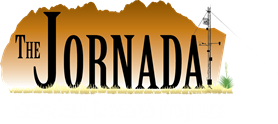| Title | Using geospatial methods to measure the risk of environmental persistence of avian influenza virus in South Carolina |
| Publication Type | Journal Article |
| Year of Publication | 2020 |
| Authors | Stenkamp-Strahm C, Patyk K, McCool-Eye MJane, Fox A, Humphreys J, James A, South D, Magzamen S |
| Journal | Spatial and Spatio-temporal Epidemiology |
| Volume | 34 |
| Start Page | 100342 |
| Date Published | 05/2020 |
| ARIS Log Number | 378669 |
| Keywords | Avian influenza, Geospatial, modeling, poultry, Risk map, Waterfowl |
| Abstract | Avian influenza (AIV) is a highly contagious virus that can infect both wild birds and domestic poultry. This study aimed to define areas within the state of South Carolina (SC) at heightened risk for environmental persistence of AIV using geospatial methods. Environmental factors known to influence AIV survival were identified through the published literature and using a multi-criteria decision analysis with GIS was performed. Risk was defined using five categories following the World Organization for Animal Health Risk Assessment Guidelines. Less than 1% of 1km grid cells in SC showed a high risk of AIV per- sistence. Approximately 2% - 17% of counties with high or very high environmental risk also had medium to very high numbers of commercial poultry operations. Results can be used to improve surveillance activities and to inform biosecurity practices and emergency preparedness efforts. |
| URL | files/bibliography/20-032.pdf |
| DOI | 10.1016/j.sste.2020.100342 |


